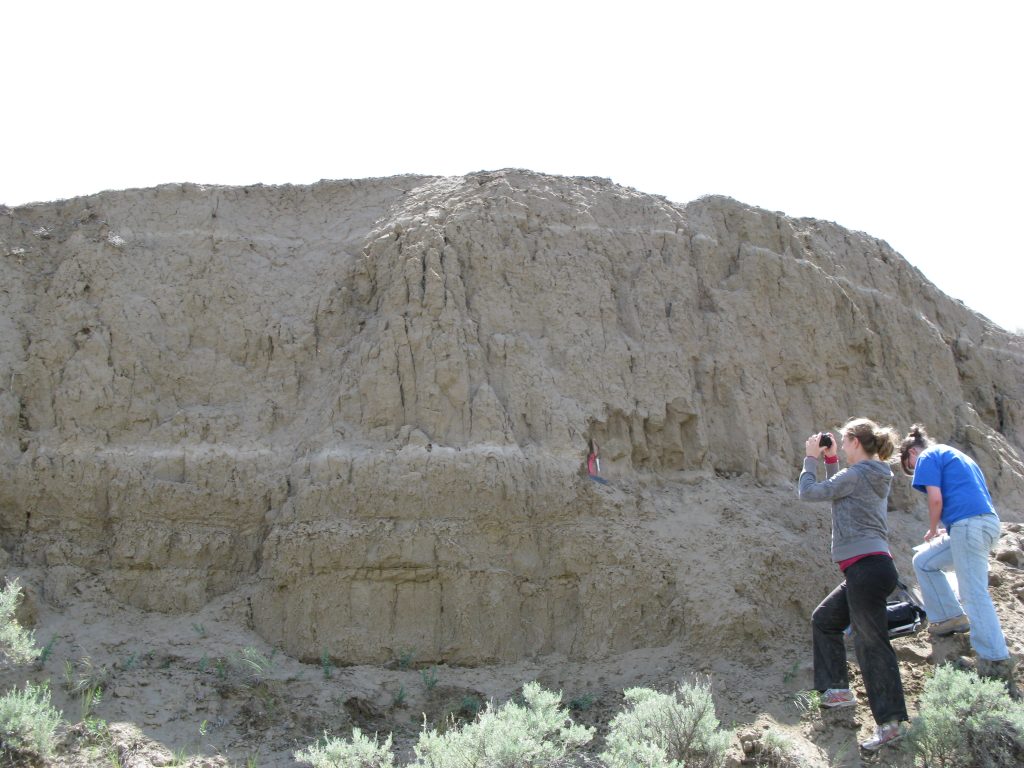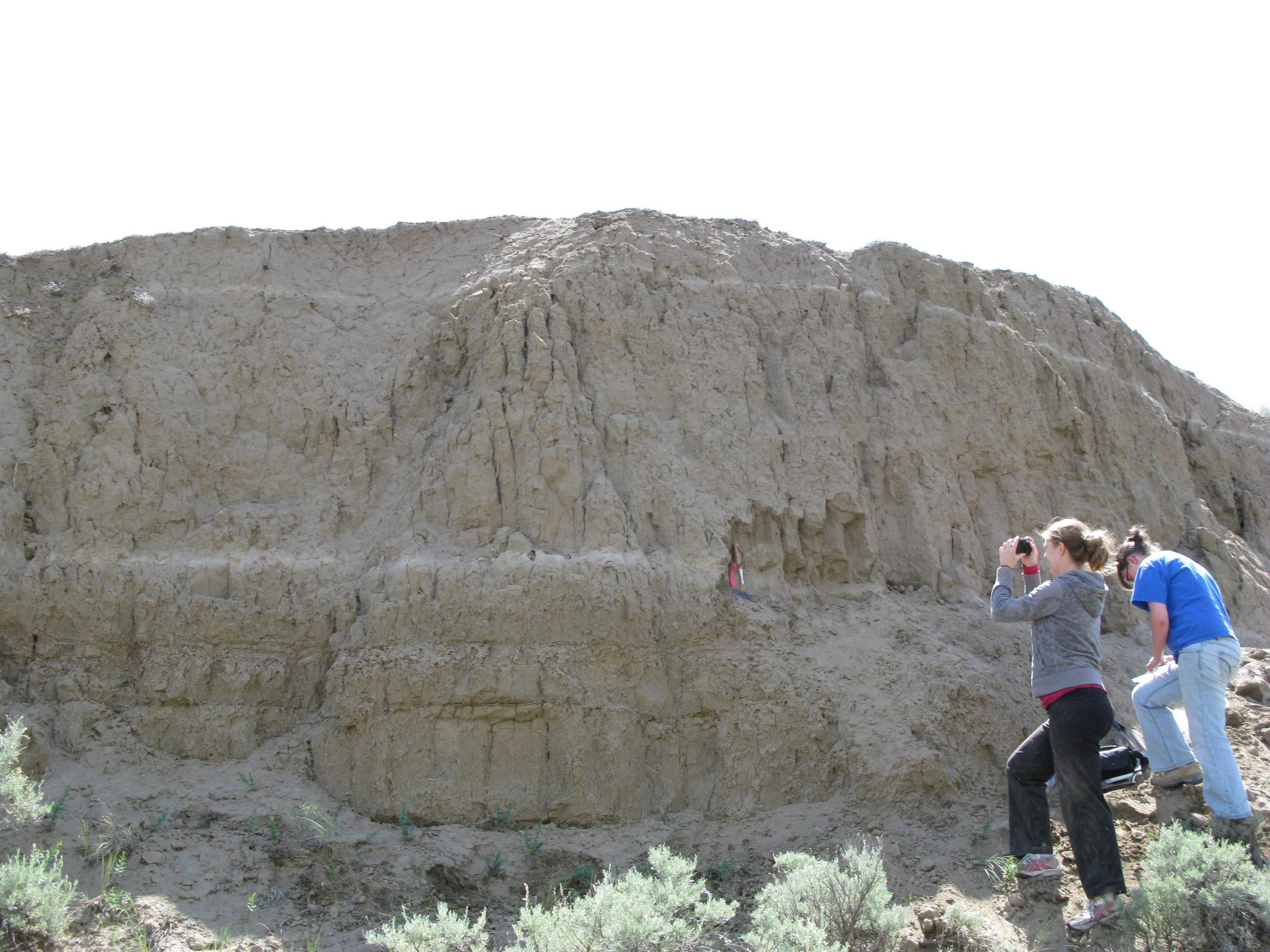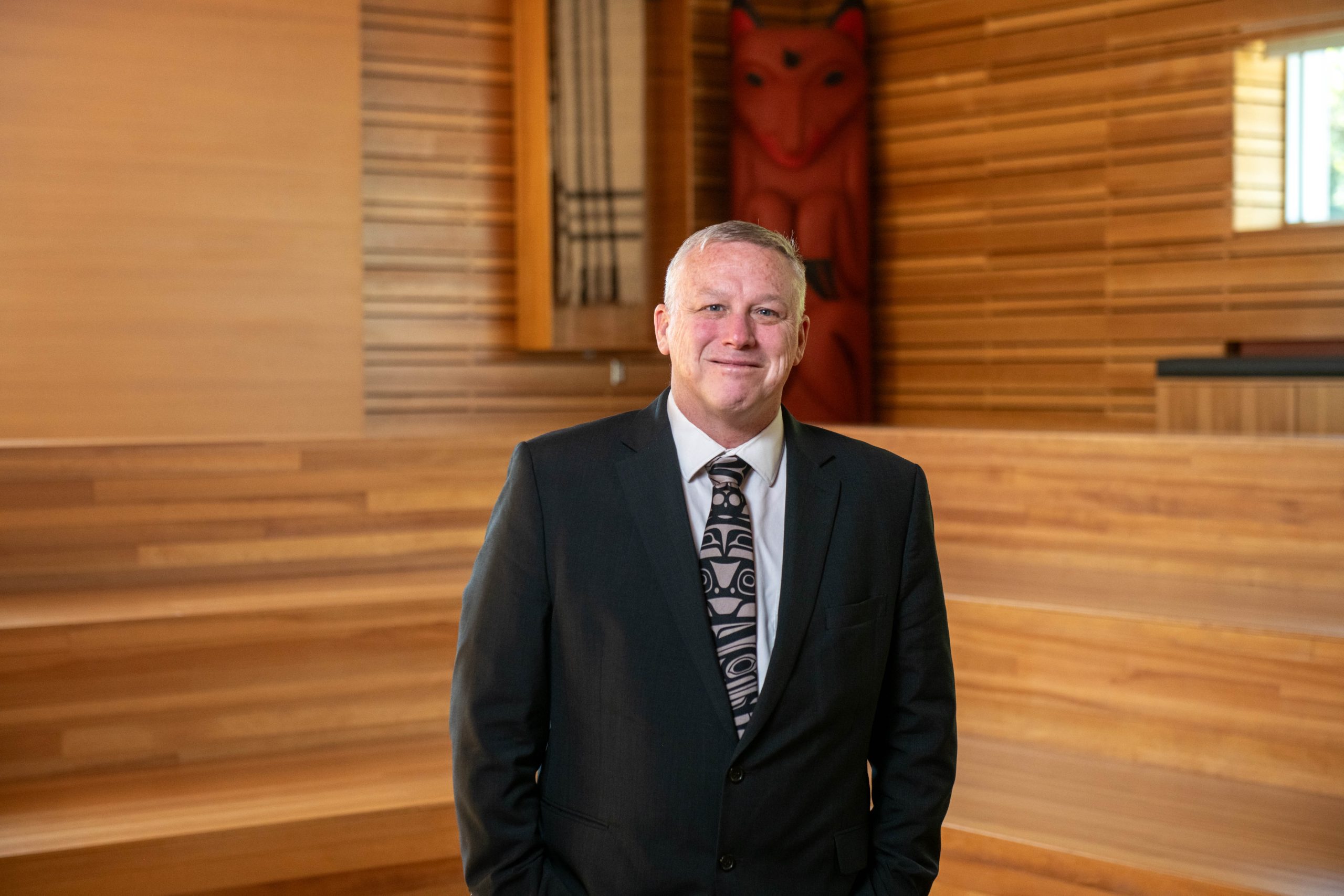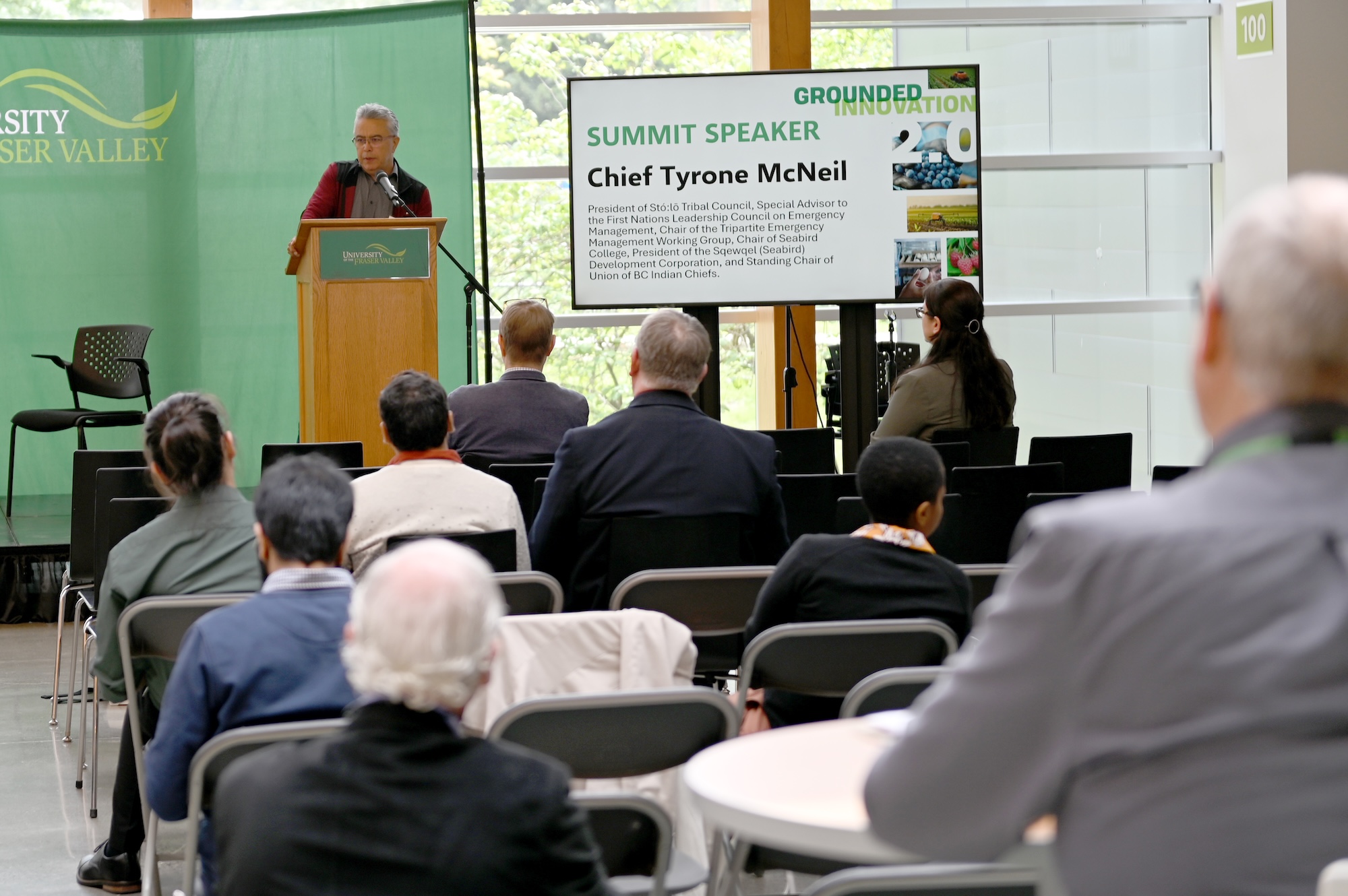UFV’s cutting-edge research holds key to the future of critical mineral exploration

(Abbotsford) Jan 30 – In the age of EVs, wind turbines, solar panels, and rechargeable batteries for just about every device we use, lithium and other critical minerals have become valuable commodities.
Funding recently acquired by UFV’s Luminescence Dating Laboratory may help identify locations in Canada to mine for these minerals.

Dr. Olav Lian, director of the lab, has received funding from the Canadian Foundation for Innovation (later matched by UFV and other sources) to effectively double the instrumental capacity of his lab, which is the only one in Canada west of Montreal. The instrument that will do this is being built in Denmark and will arrive at UFV later this year.
So how can luminescence dating procedures help find mineral sources? It all comes down to the stories told by ancient grains of sand.
As geochronologists, Lian and his associates view time very differently than many of us. They study how the physical environment has changed over the millennia by analyzing long-buried grains of sand. Luminescence dating allows one to date when they were last exposed to sunlight — or when that landscape was last unstable.
Minerals absorb radiation from the environment, and this energy is stored in them as long as they are buried and kept in the dark. Stored energy can be released with exposure to sunlight (setting the ‘clock’ to zero) or it can be released and measured in the laboratory under controlled conditions. The intensity of its luminescence (light) is proportional to the amount of time the mineral has been buried.
Up until now, Lian and his team have used luminescence dating to measure the effects of long-term environmental (climate) change at sites all over the world. This method can also date artifacts from archaeological sites by determining how long those artifacts have been buried in a landform, such as an ancient river floodplain.
His new work centers around drift prospecting. If you find a sedimentary deposit like the bed of a glacier that existed during the last ice age, or an ancient river floodplain, you can find out where that sediment came from, and track minerals back to the ore bodies they were eroded from.
Drift prospecting isn’t new, but the way it’s now done sees glacial sediment samples analyzed using complex and expensive geochemical laboratory methods.
Lian believes luminescence may provide a better way.
“It has long been known that the colour of light emitted from irradiated minerals, when they are stimulated by heat or by light of a different colour (energy), varies with the type of mineral, or even with the same kind of mineral,” he explains. “We are investigating whether a luminescence signal, or a collection of luminescence signals of different colours (luminescence emission spectra), can be used to more efficiently detect these minerals in bulk samples.”
A key requirement of the grant applications was showing a benefit to British Columbians and Canadians in general.
“It’s meeting the needs of partners in government and industry, and it puts UFV on the map as a leader in this area,” says Dr. Garry Fehr, Associate Vice-President, Research and Graduate Studies. “We know mineral mining will be done more sustainably here than it would be elsewhere, while creating more jobs.
“And with the increased capacity at UFV, we can keep work in Canada instead of sending it off to the U.S. or Australia or elsewhere. This will create more skills training and learning opportunities for our students to engage in meaningful research that may have short- and long-term benefits for our province and country.”
Click here for more on UFV’s Luminescence Dating Laboratory.
———————-
About UFV
Located in the beautiful Fraser Valley just east of Vancouver, British Columbia, Canada, the University of the Fraser Valley (UFV) is a fully accredited, public university that enrolls approximately 15,000 students per year. UFV has campuses and locations in Abbotsford, Chilliwack, Mission, and Hope, and a growing presence in Chandigarh, India.
We offer more than 100 programs, including three master’s degrees, 21 bachelor’s degrees with majors, minors, and extended minors in more than 35 subject areas, four graduate certificates, and more than a dozen trades and technology programs.
For media inquiries:
Jeboah M. Godron, UFV Director, Communications
jeboah.godron@ufv.ca





